I don't want your likes
Tipping is the first step towards a bigger change in the social media landscape. Changing people's perspectives towards content and engagement will be an up hill battle. We currently live in a world where the accepted normal is free


The social media “like” button is the release of dopamine any self-respecting content creator craves. The more likes you receive, the more popular your post and the more social engagement for your brand. Once you have enough likes, posts, and followers, your opinions start to really matter and mean something to your community and the platform, both of which are extremely grateful. At this point and after several hundred hours of participation, you are ready to monetise your content. Hell, you might as well pay for the monthly subscription to the “verify my identity” blue badge and pay for some advertising to get your posts in front of a bigger audience.
How do you monetise your content on social media? A few easy steps are required. Firstly, provide your personal and bank details to a third-party payment processor. Then connect your payment account to your social media platform to use their built-in payment options, including the “buy” and “tip” buttons. After this, you need to agree to both the social media platform and payment gateway terms of service and pay a small commission, normally less than 5% for each payment received. With very little effort, you are ready to go and get paid for all of your hard work and efforts.
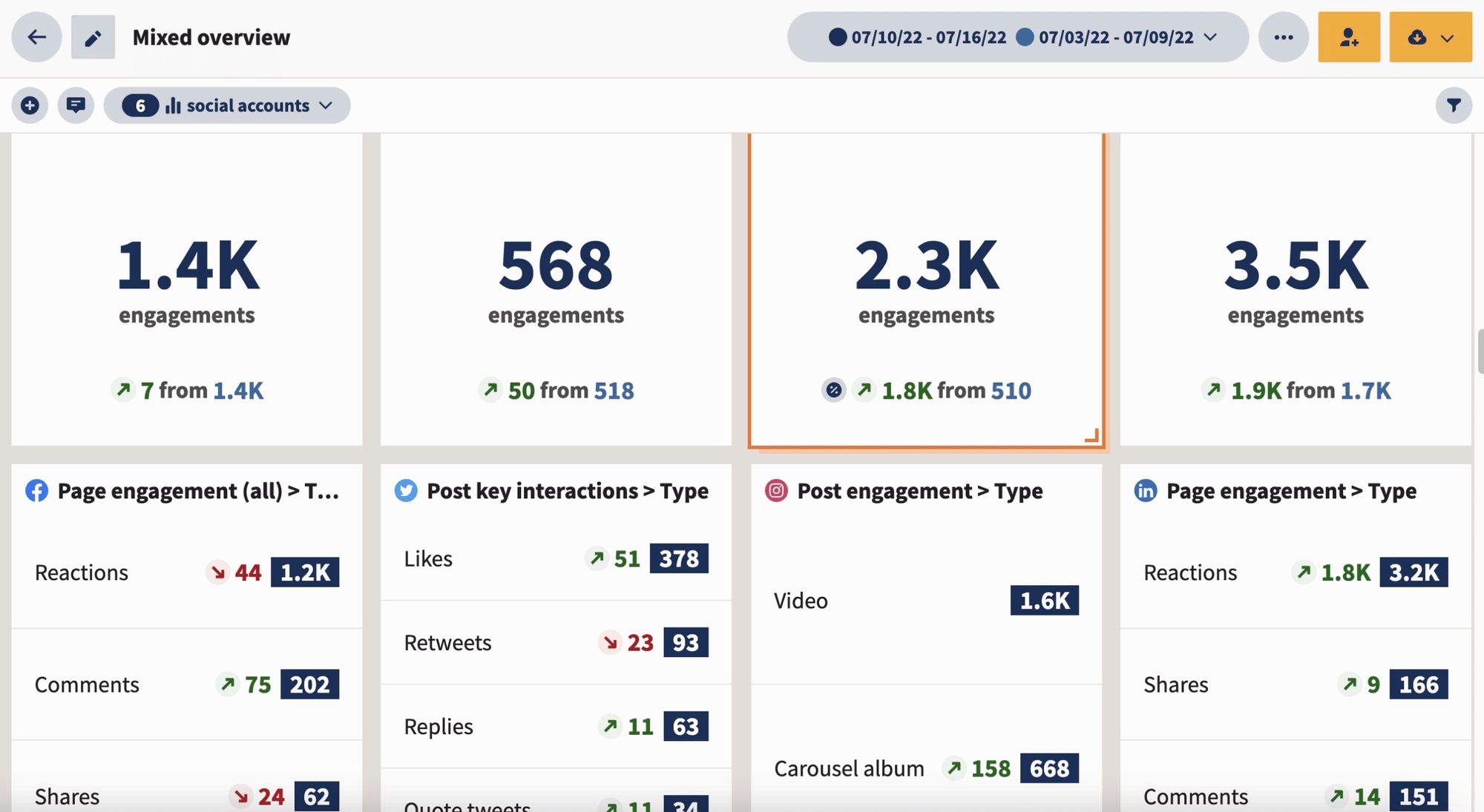
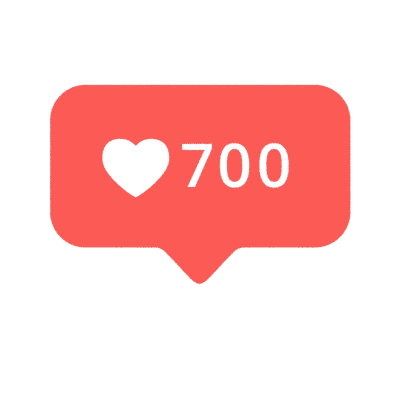
Does something feel wrong about the above statement?
If you are producing great content and the users of the platform are liking that content. You might want to consider, why isn’t it earning you money straight away?
In a peer to peer creator economy, mass user engagement is secondary to finding good, relevant, educational insight. It’s also worth considering that conversations and opportunity for monetisation are multi faceted, the person creating the topic and the people offering opinions and points of view.
In conventional social media, the barriers in place are to ensure users comply with rules and give permissions to help platforms monetise data. Many believe these policies and terms of service are to protect the user, but in fact these contracts work to protect the platform and aid them in expanding their scope for exploiting users' content and data. A sobering thought, once you publish your content, the platform owns it and all the intellectual rights associated with it. Based on these conditions, social media platforms are free to distribute your content and data however they feel fit, normally to the highest bidder, without ever needing to pay the creator a cent or give credit to the original author.
Peer to peer social media vs pay to play social media
Peer to peer social media aims to give the content back to the creator and give them the tools to distribute and get paid without losing ownership. As an added bonus, the platform doesn’t insert itself as the middleman or store data from its users. In a P2P system, at no point should you give up personal data to the platform. The idea of an account-less internet is very intriguing to me, especially from a security and privacy perspective.
Another interesting point regarding current social media models is they are rigged to make the user believe their content is not substantial. You’ve only got to look at YouTube and audio streaming services to understand this. In both cases, you can’t start monetising your content until you have reached a threshold, e.g. 1000 subscribers with a minimum viewer time of 4,000 hours per year. Even after reaching this threshold, the rewards tend to be extremely low, sub 1%.
In some industries, this is called the “pay to play” model. Where eventually you can start earning money, but only once you are a sure thing! And at all times, the platform will earn more from you than you earn from it.
The evolution, getting paid for engagement
Bison Relay is perfectly positioned to address these issues and allow users to start earning for engagement from day one. As we know by now, Bison Relay is built on Decred's Lightning Network payment system. This means no third-party payment gateways, no personal information, and no middleman. It’s a built-in payment system that can be used instantly without giving up any of your personal details. The account-less internet is here!
Tipping is the new like button
The thought experiment I’d like to conduct is replacing “likes” for “tips”. Rather than giving a “like” give a peer to peer “tip”. The tip is then shown next to the post, to indicate how many tips a post or comment has received. For privacy reasons, it’s best not to show the overall tip amount but how many tips have been received. To prevent this system being heavily gamed, it would also be wise to have a minimum amount, e.g. 10,000 atoms for a post and 1,000 atoms for a comment. Any lower than these amounts and the tip doesn’t show up in the tip counter.
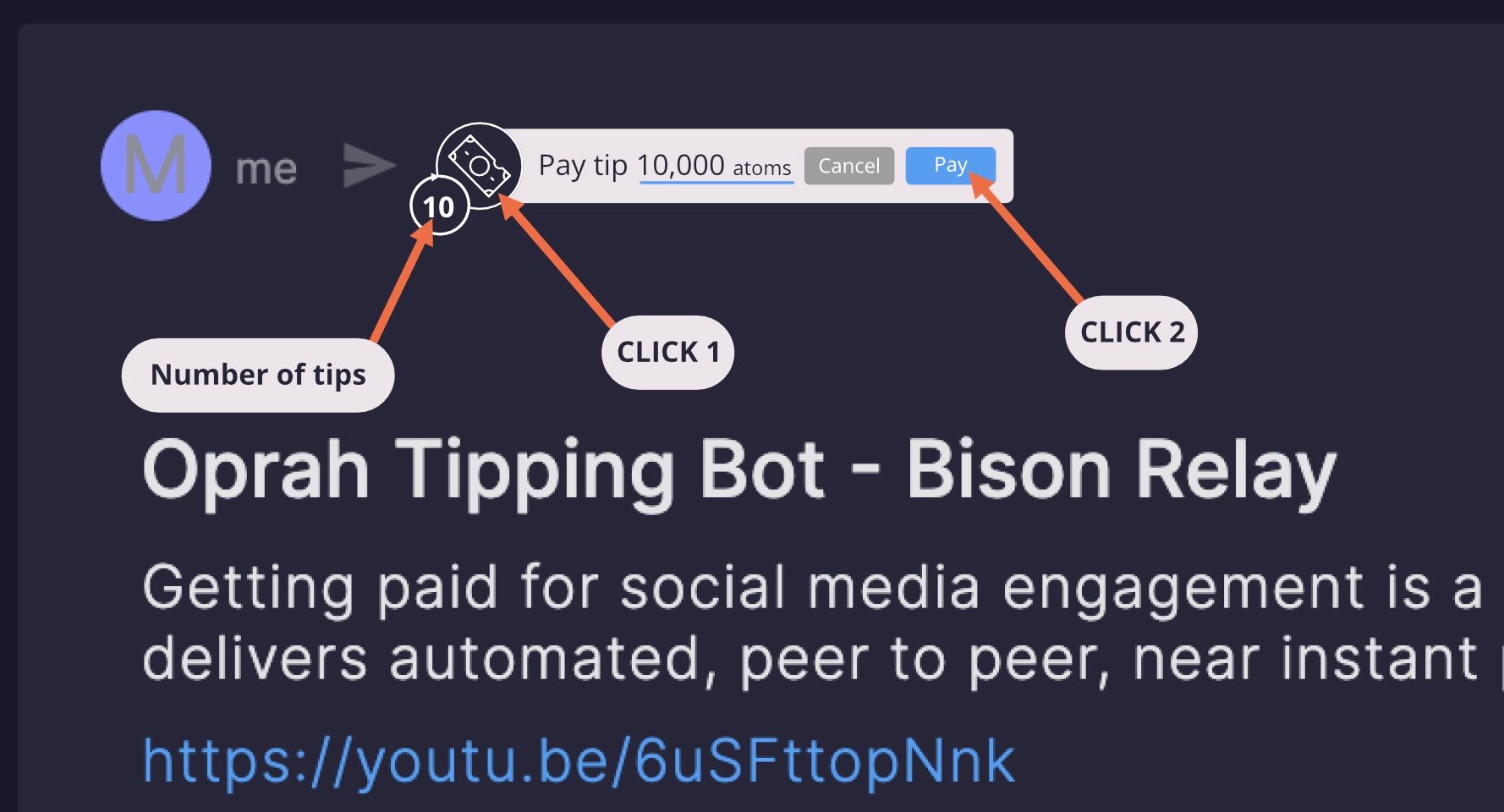
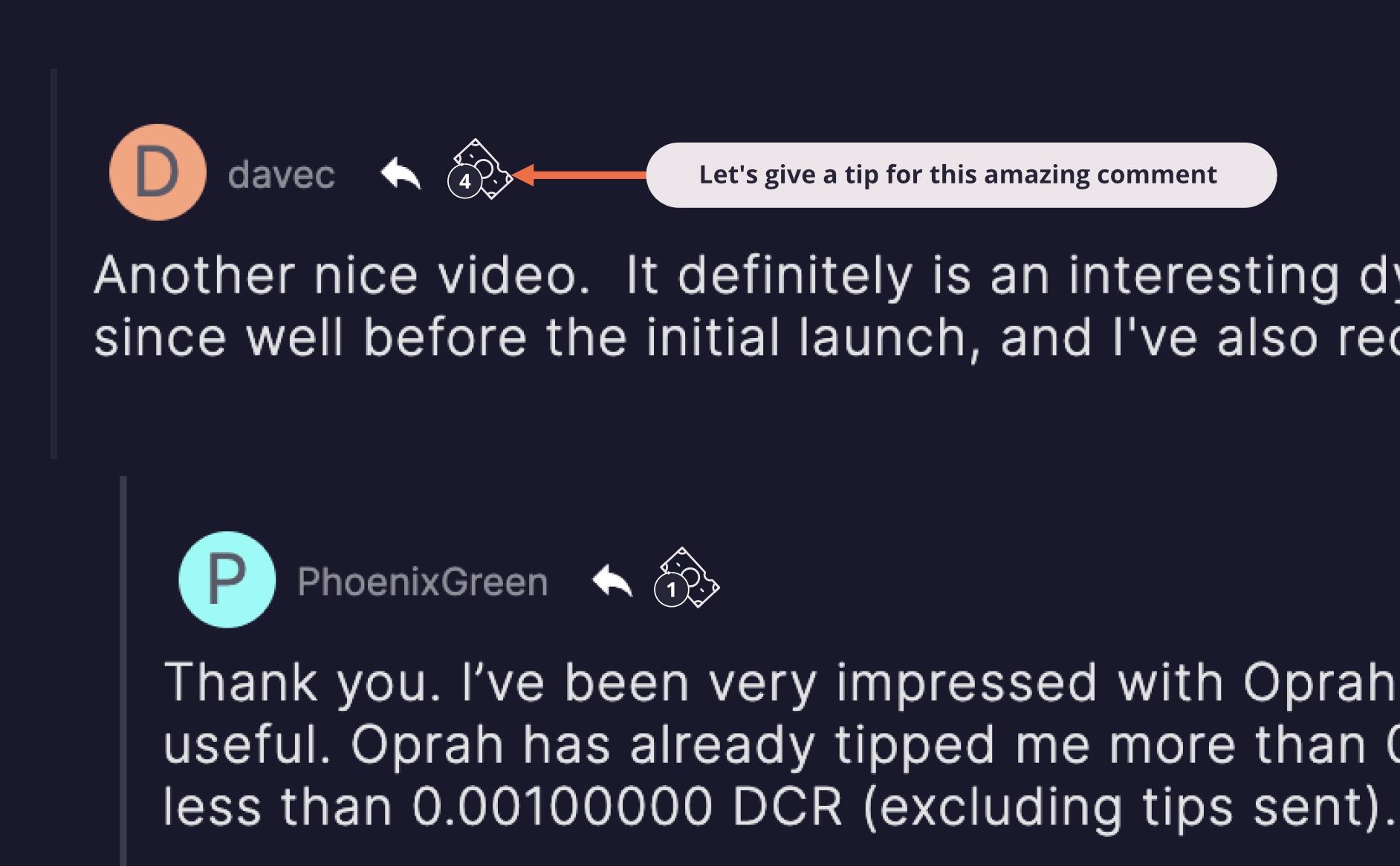
In terms of Interface design, having the tip button prominent, and the amount pre-filled but adjustable would aid in usability. This would mean a tip can be given in one or two clicks, any more than this and the mechanism looses its appeal.
Tipping Mockup for news posts and comments:
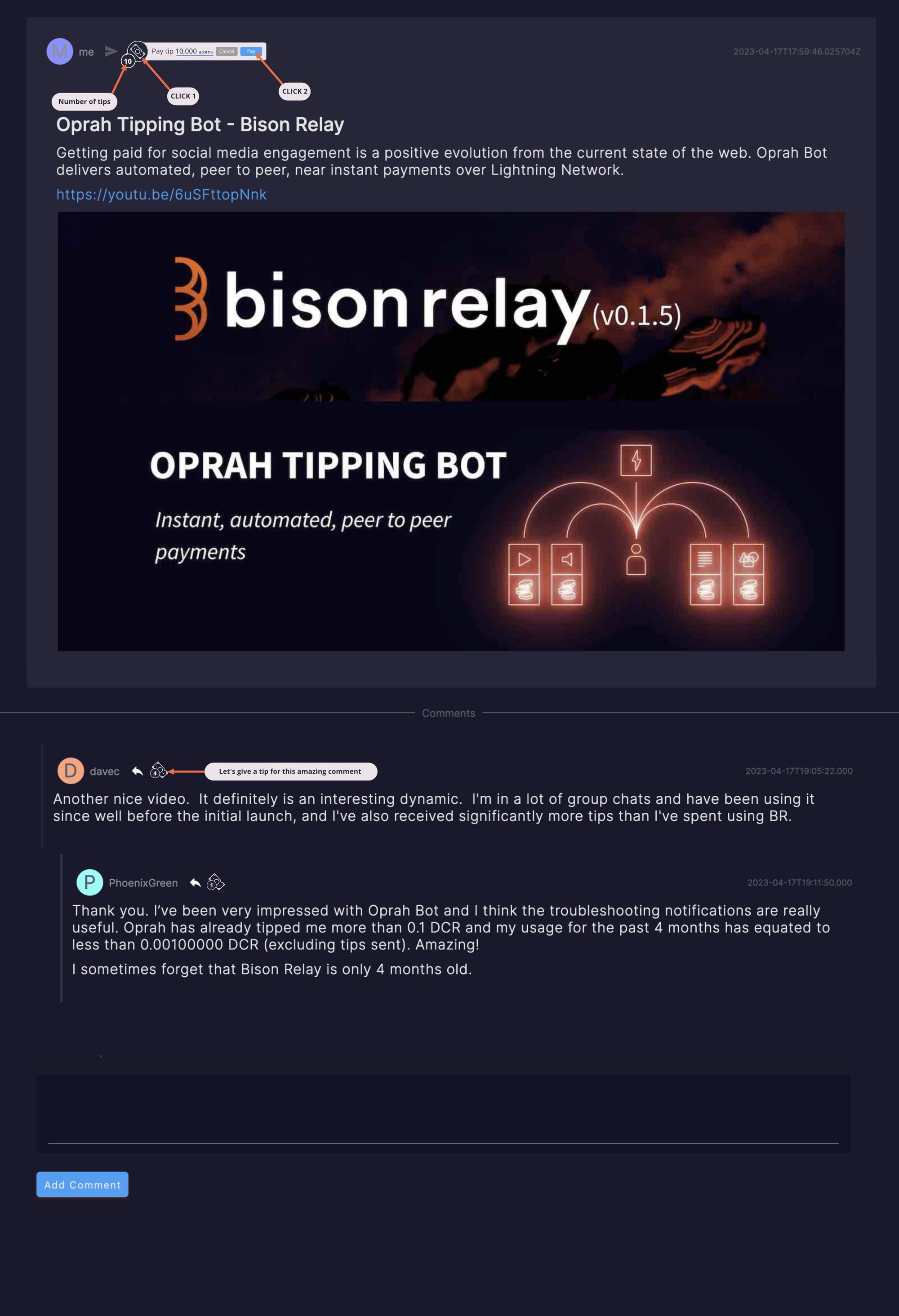
Tipping is the first step towards a bigger change in the social media landscape. Changing people's perspectives towards content and engagement will be an up hill battle. We currently live in a world where the accepted normal is free, “Why should I pay for it, when I can have it for free!?”. Paying to engage with content is a cultural change. By having this expectation from day one will make this crossover easier in the long term. Gamifying the process will not only give the creator their much-needed release of dopamine, but will also give content a sense of value. Hopefully, leading to higher quality of engagement and debate.
“The most expensive things in life are free!” Join the P2P social media movement and give your content the value it deserves!



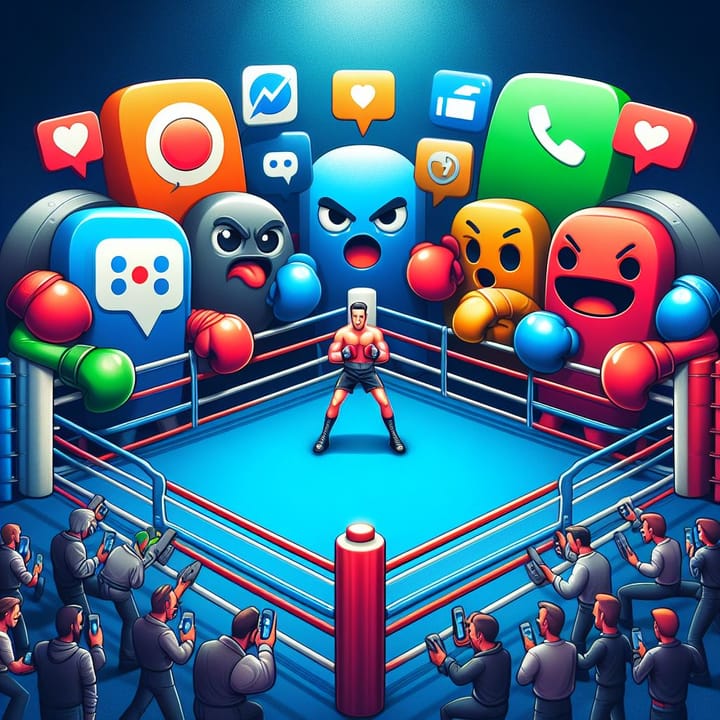

Comments ()